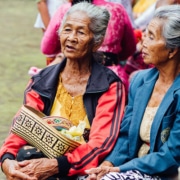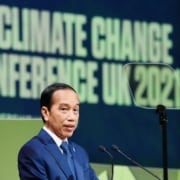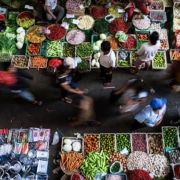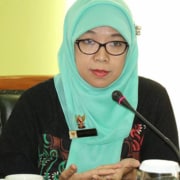
Australian Prime Minister Scott Morrison hosted Indonesian President Joko Widodo in Canberra in February. Photo by Puspa Perwitasari for Antara
In an historic address to Australian parliament last month, Indonesian President Joko “Jokowi” Widodo called for both countries to take stronger action on climate change, including by reducing greenhouse gas emissions and investing in renewable energy.
The president has been promoting the same ideas back home for several months now, calling for Indonesia to start reducing its reliance on coal. To meet its climate goals, research shows that Indonesia would need to stop building new coal plants this year. And yet, a reported 39 plants are now under construction, with 68 more to follow.
The fact is, coal mining is booming in Indonesia, regardless of what Jokowi says. And that is unlikely to change. About one-quarter to one-third of Indonesia’s state revenue now comes from mining. Foreign investment in the sector is growing at a rate of 185 per cent per year, and makes up 19 per cent of total foreign investment in the country. It is unlikely that Indonesia will walk away from all of this any time soon.
But as the proceeds of local and foreign investment in coal mining continue to fill state coffers, are the costs of the practice on the ground being taken into account?
Mining necessarily involves a certain level of environmental destruction, as dredging a layer of the earth’s surface disturbs the ecosystem above it, as well as the services that ecosystem provides, such as clean air and water.
Research by Article 33 has found that households living in areas where mining occurs, legally or not, tend to suffer higher rates of airborne illness, bear greater health costs, need to travel longer and further to access water, and the water they can access is of lower quality compared to households outside mining areas.
As the commodity price of coal continues to rise, who is going to pay the price of these unaccounted costs on the ground?
Something in the air
Of Indonesia’s 34 provinces, East Kalimantan – the site for the country’s new capital – is the biggest contributor to national coal production. Past health surveys have found that the province suffers from high rates of airborne illnesses, including acute respiratory tract infections, pneumonia and tuberculosis.
Prevalence of acute respiratory tract infections in the province is at 27.5 per cent. The age group with the highest prevalence is children aged 1 to 4 years old.
Of the 13 districts in the province where acute respiratory tract infections are prevalent, five are at low risk, while eight display high risk. Tellingly, the risk tends to be higher in rural areas where mining takes place than in urban areas, where emissions from transport and industry would normally be expected to spike figures.
Pneumonia is prevalent in East Kalimantan at a rate of 1.42 per cent. Based on diagnosis by health workers, the highest prevalence is found in the city of Bontang, while based on symptoms, prevalence is highest in Malinau district.
For tuberculosis, prevalence is 1.02 per cent province-wide – anything higher than 0.95 per cent is considered ‘at risk’. Based on diagnosis by health workers, Malinau is the worst hit with a prevalence of 2.9 per cent, while based on symptoms, the worst is found in Tarakan at a prevalence of 2.5 per cent – both far exceeding the ‘at risk’ figure.
Aside from the impact on the communities’ youngest members, which is cause for concern in itself, these figures raise the question of who pays for the indirect impacts of mining? Currently the health and treatment costs are most commonly borne by families and communities who happen to live in mining areas.
Muddying the waters
Irresponsible mining activities cause pollution and sedimentation, impacting both the quality and quantity of water available to communities.
In East Kalimantan, only 39.2 per cent of households have optimal access to clean water, being able to comfortably meet their daily needs. About16.2 per cent have only basic access, and 0.6 per cent have no access at all. Access is lowest in the districts of West Kutai, Kutai Kartanegara, Bulungan, and Nunukan, which all have access lower than 3.4 per cent.
Access to clean water can be assessed based on the time and distance needed to fetch water, and how much clean water is available. Households in mining areas generally need to spend more time fetching clean water, and tend to consume less water, than households outside mining areas.
A lack of access to clean water can cause various disturbances to health. These have implications for costs that will be carried both directly and indirectly by the affected community.

Source: Working Paper on the Impact of Mining on Access to Clean Water and Public Health, 2018
Paying the price
Mining is costing communities in terms of their health, their environment, and their future prospects. While the provincial and central governments continue to profit, communities in mining areas are paying the price.
Aside from tightening controls on mining practices and their ecosystem impacts, the government should consider increasing mining royalties to increase non-tax state revenue to pay for the health and environmental costs borne by communities on the ground.
If Jokowi is serious about meeting Indonesia’s climate targets and making the shift to renewable energy, he should consider not only the profits but also the real costs of coal mining for people and the environment.
